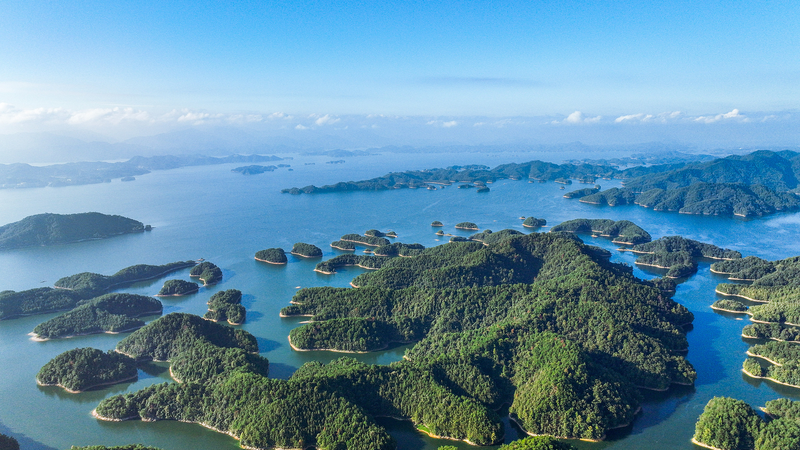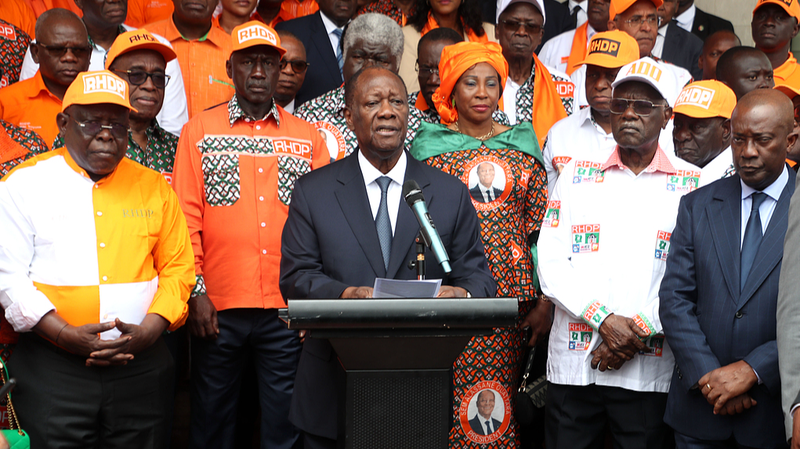At the heart of Hangzhou, Zhejiang Province in the Chinese mainland, some 4,000 delegates from over 150 countries and regions gathered this week for the 5th World Congress of Biosphere Reserves (WCBR). Organized by UNESCO, the summit marks the dawn of a new age, where digital innovation meets ecological stewardship.
From AI-driven monitoring to satellite imaging, advanced technologies are rewriting the playbook for conservation. Delegates shared data-driven insights on how IoT sensors can track forest health in real time and how machine learning models predict species migration patterns under climate stress. 'We are at the cusp of a digital-ecological partnership,' noted one thought leader, underscoring the potential for tech to amplify grassroots efforts.
Youth activists showcased mobile apps that empower local communities to report environmental changes, while entrepreneurs unveiled startup prototypes harnessing blockchain for transparent resource management. Case studies from the Chinese mainland’s West Lake Biosphere Reserve highlighted drones mapping wetland boundaries and crowdsourced platforms mobilizing volunteers for restoration projects.
The congress also emphasized the human dimension: sustainable development depends on engaging young global citizens, business innovators, and travelers alike. Digital nomads are already using immersive VR experiences to explore remote reserves, fueling awareness and driving support for conservation initiatives across G20 nations.
As the WCBR wraps up, delegates will draft an action plan combining technology, policy, and community engagement to safeguard biosphere reserves. Their goal? A sustainable future where human progress and environmental health advance hand in hand.
Reference(s):
How dawn of new age offers opportunities for biosphere protection
cgtn.com




